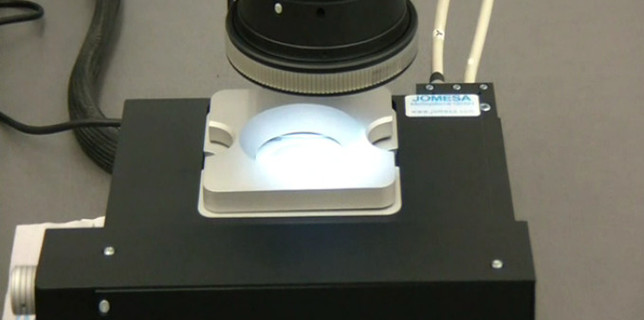Testing Disturbances
Despite of conscientios and diligent operation the possibility of statistical and systematical factors errors cannot be avoided completely and may affect the result of a technical cleanliness inspection. Testing disturbances are random (statistically) events, for instance:
Material Abrasion:
During the cleaning step of the sample, the so called extraction, some particles are abrased from the surface of the component. These particles are filtered and analysed gravimetrically and microscopically afterwards. In this case, the abrased particles contribute to the amount of particular contaminations even if they were initially no particluar contaminations. A characteristic example is the cleaning step of sintering material in an ultrasonic bath.
In this case, another extraction method is mandatory that does not cause material abrasion.
Particle Input:
Usage of contaminated containers and instruments, inappropriate package and storage or carelessly handling may cause particle input from the environment that might affect the results of a technical cleanliness inspection.
Residues:
In indusry, organic residues often occur as filmic contaminations attached to the surface in form of a thin film via physical interactions with the component surface. Characteristic residues on industrial products are besides oils and high viscosity greases fabrication additives, for instance lubricants, detergents originating from different production steps, preservative agents or corrosion inhibitor. If these residues are not detached completely from the surface they influence the gravimetric analysis and hence affect the test result.
In order to achieve a representative and realistic test result, appropriate packaging of the test object is obligatoric and mandatory. Cleanalytic Services minimizes particle abrasion using a suitable extraction method (if not specified explicitly in the test standard). The particle input is minimized by performing the cleanliness inspection in our accredited clean room of category 7 according to DIN EN ISO 14664-1. That is why the cleanliness of your products can be evaluated in the best manner possible.




